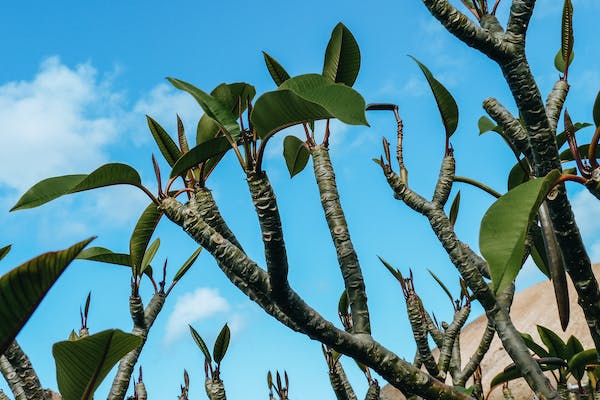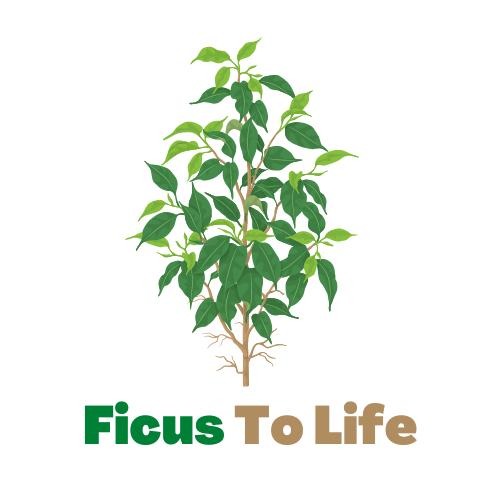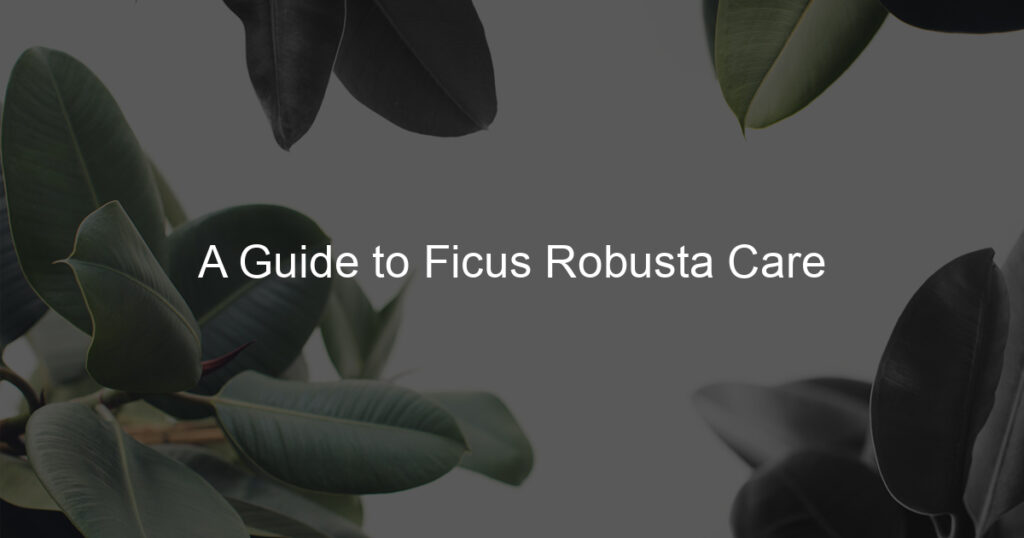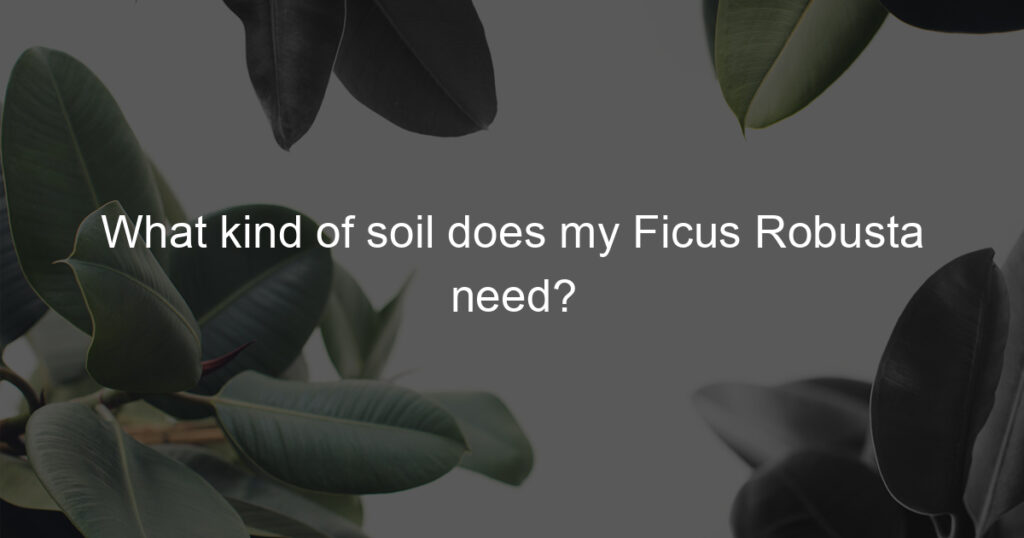Some of the most popular plants we like to grow indoors as houseplants are ficus trees. Each species produces visually appealing foliage and distinctive silhouettes, which makes them a delight to grow in our homes.
Learn more about some of the most common focus species and the best varieties of ficus trees in the upcoming sections.
Ficus Trees and Plants
The genus ficus contains over 850 plant species. The sturdy trees, creepers, bushes, and plants belong to the Moraceae family.
Plant families from the genus ficus thrive in a variety of environments. Some ficus plants thrive well outside in warm weather. Other ficus species are more suitable as indoor plants.
When most people refer to a ficus plant, they refer to the weeping fig. However, the ficus species contains fig fruit trees, big banyan trees, common houseplants, and rubber plants.
6 Indoor Ficus Trees to Plant
We can also grow ficus plants that resemble trees indoors as houseplants. Here are some of the most popular ficus indoor plants.
1. Audrey Ficus

The Audrey ficus is a beautiful tree with velvety dark green foliage and appealing cream-colored veins.
Even though this species of ficus tree reaches tremendous heights outdoors, we can keep it as a very compact indoor plant because it grows less prominent indoors.
It would help if you placed your Audrey ficus tree in a brightly lit area of your home. The Audrey ficus plant is a fantastic choice for a houseplant because it is easy to maintain and helps with clean air circulation.
2. Fiddle-Leaf Fig

Fiddle leaf is a genus of interior ficus trees (Ficus lyrata). This focus has enormous green foliage and makes an excellent interior specimen plant.
This species of ficus tree is distinguished by its violin-shaped leaves, which have a deep, glossy green hue.
It is a slow-growing ficus tree that is used as a house plant. The long, thin trunk can grow to a height of 9.8 feet (3 meters). The fiddle leaf can reach 50 feet (15 meters) in size and has a bushy appearance when grown outdoors, so it is best grown indoors for a better appearance.
The ficus should receive enough light and moderate watering in a warm location. It is, however, susceptible to environmental changes and should be placed away from vents and drafts.
3. Narrow-Leafed Fig
Another ficus tree that grows well inside is the Ficus maclellandii “Alii.” This plant is also known as the banana fig, Alii fig, and banana-leaf ficus.
This evergreen houseplant’s tall stems and long leaves give the indoor tree a ragged appearance. The leaves are long and slender, measuring between 3″ and 5″ (8–13 cm). This plant’s large, hanging leaves are an eye-catching characteristic.
The plant can reach 10 feet (3 meters) in ideal conditions. We can keep its length much shorter by trimming it once a year.
4. Common Fig (Ficus carica)

You are probably most familiar with the common fig because it is a ficus tree that grows in Asia, the Middle East, and the Mediterranean. Its fruits are what we all refer to as “figs.”
You’ve probably had these sweet fruits, frequently served dry, in jams, or pastries with figs.
5. Rubber Plant
The leafy indoor plant species known as the Rubber Plant (Ficus elastica), often known as the Rubber Tree, is extremely well-liked. Many gardeners consider this variety of ficus to be the easiest to maintain. According to Feng Shui, it is also among the lucky plants.
Large, beautiful leaves on the rubber plant can reach a length of 12″ (30 cm). Dark green with maroon streaks to dark reddish-brown with a green border are only a few of the many colors for the leaves.
6. The weeping fig
The weeping fig bears modest leaves compared to other indoor ficus tree kinds.
Together, they develop into a tiny, ornamental tree that resembles a shrub. You may even train the thin, flexible trunks to grow in the direction you like. Braiding the boxes of the weeping fig is also a standard growing method.
The weeping fig is one of several indoor ficus plant types that require minor maintenance. Although it requires a lot of light, it can survive with little water and poor light.
Other Ficus benjamina species have attractive ficus plants as well. For instance, the bushy variety of tree plant known as the “Starlight” weeping ficus is a variant of the “weeping fig” and features little white and greenish leaves.
The “Too Little” Weeping Fig Tree is another variety of ficus tree. Very thin, curled leaves cover this little tree.
In Summary
In their natural environment, ficus trees can reach tremendous heights and provide a lot of shade. Ficus trees can also be grown as aesthetic plants or specimens in your yard or garden.
Cultivating them in large containers would be best because their root systems might damage building structures and pavements.








